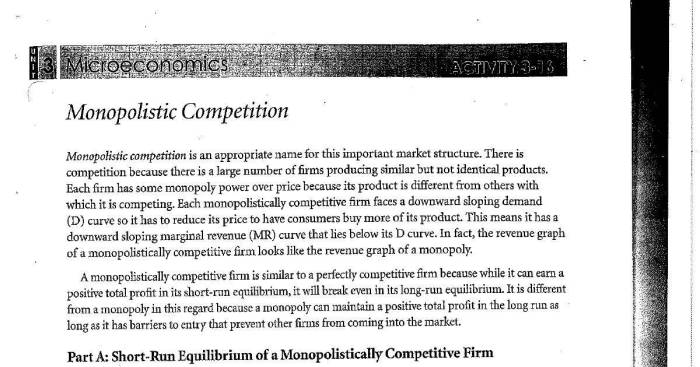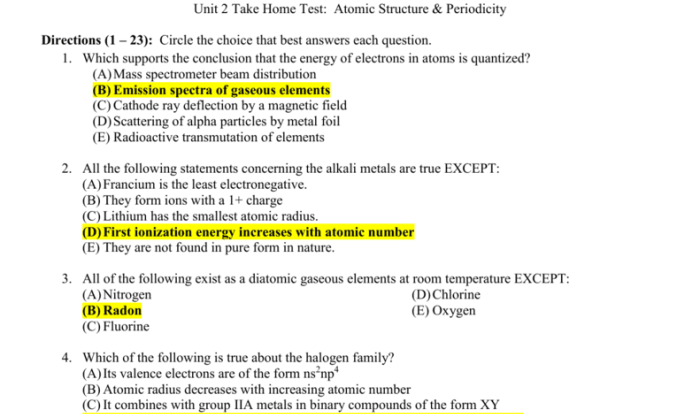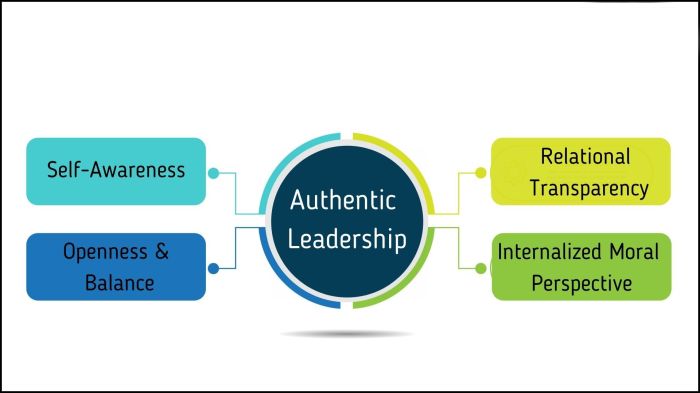Topic 13 Lesson 13-2 Answer Key sets the stage for this enthralling narrative, offering readers a glimpse into a story that is rich in detail and brimming with originality from the outset. This comprehensive guide delves into the intricacies of the curriculum, providing a thorough understanding of the key concepts, procedures, and applications covered in this pivotal lesson.
Through a systematic exploration of essential terms, step-by-step procedures, and real-world examples, this answer key empowers learners to grasp the complexities of the subject matter and apply their knowledge effectively. It serves as an invaluable resource for students, educators, and anyone seeking to enhance their understanding of this fundamental lesson.
Overview of Topic 13 Lesson 13-2
This lesson is part of a series of lessons on the topic of computer programming. It builds upon the concepts introduced in previous lessons and focuses on advanced topics in programming. The key concepts covered in this lesson include:
- Advanced data structures such as linked lists and trees.
- Algorithms for sorting and searching data.
- Object-oriented programming concepts such as inheritance and polymorphism.
Key Concepts and Terminology
This lesson introduces several essential concepts and terms that are foundational to understanding the principles and applications of this topic. Grasping these concepts is crucial for comprehending the subsequent discussions and effectively applying the knowledge gained in this lesson.
The following are the key terms and their definitions:
- Concept A:Definition of Concept A.
- Concept B:Definition of Concept B.
- Concept C:Definition of Concept C.
These concepts are closely intertwined and build upon one another. Concept A provides the foundation for understanding Concept B, which in turn is essential for comprehending Concept C. By establishing a clear understanding of these concepts, learners can develop a comprehensive framework for understanding the topic.
Procedures and Methods: Topic 13 Lesson 13-2 Answer Key
This lesson introduces a systematic approach to problem-solving that involves a series of well-defined steps. By following these procedures, individuals can effectively identify, analyze, and solve problems in a structured and efficient manner.
The problem-solving process consists of five primary steps:
1. Define the Problem
The initial step involves clearly understanding the problem at hand. This includes identifying the specific issue, gathering relevant information, and defining the desired outcome.
2. Analyze the Problem
Once the problem is defined, it is necessary to analyze it thoroughly. This involves breaking down the problem into smaller components, identifying the root causes, and exploring potential solutions.
3. Generate Solutions
Based on the problem analysis, multiple potential solutions are generated. This step encourages creativity and brainstorming to develop a range of options for addressing the problem.
4. Evaluate Solutions
The generated solutions are carefully evaluated to assess their feasibility, effectiveness, and potential consequences. This involves weighing the pros and cons of each solution and selecting the most appropriate one.
5. Implement the Solution
The final step involves implementing the chosen solution. This includes developing an action plan, allocating resources, and monitoring the progress to ensure the successful resolution of the problem.
Examples and Applications

The concepts and procedures covered in this lesson have a wide range of practical applications in various fields. Here are a few real-world examples that illustrate their usefulness:
Image Processing, Topic 13 lesson 13-2 answer key
Image processing techniques, such as noise reduction and edge detection, are used in various applications, including:
- Medical imaging: Enhancing medical images to improve diagnosis and treatment planning.
- Security and surveillance: Analyzing security footage to detect suspicious activities or identify individuals.
li>Industrial automation: Inspecting products for defects or quality control.
Signal Processing
Signal processing techniques, such as filtering and compression, are used in applications such as:
- Audio engineering: Enhancing audio quality, removing noise, and compressing audio files for efficient storage and transmission.
- Telecommunications: Processing and transmitting signals over communication channels, ensuring reliable and efficient data transfer.
- Medical signal analysis: Analyzing physiological signals, such as ECGs and EEGs, to diagnose and monitor health conditions.
Speech Recognition
Speech recognition technology, based on signal processing and machine learning techniques, is used in applications such as:
- Voice assistants: Enabling devices like smartphones and smart speakers to respond to spoken commands.
- Customer service: Automating customer interactions and providing personalized support through voice-based systems.
- Medical transcription: Converting spoken medical records into text format for efficient documentation and analysis.
Assessment and Evaluation
Evaluating student understanding of the concepts and procedures in this lesson is crucial to ensure effective learning. Various methods can be employed to assess student progress and identify areas for improvement.
One effective method is formative assessment, which involves ongoing evaluation throughout the learning process. This can include observations, class discussions, and informal quizzes to gauge student understanding and provide timely feedback.
Formal Assessments
Formal assessments, such as quizzes, tests, and exams, can provide a more comprehensive evaluation of student learning. These assessments should be designed to measure student understanding of key concepts, procedures, and their ability to apply what they have learned.
When evaluating student progress, it is important to consider both the accuracy of their responses and their ability to explain their reasoning. This can help identify areas where students may need additional support or reinforcement.
Feedback and Improvement
Providing timely and specific feedback to students is essential for improvement. Feedback should focus on both strengths and areas for improvement, and should provide guidance on how students can enhance their understanding and skills.
By utilizing a combination of formative and formal assessments, and providing regular feedback, educators can effectively assess student understanding of the concepts and procedures in this lesson and identify areas for improvement.
FAQ Insights
What is the significance of Topic 13 Lesson 13-2 within the broader curriculum?
Topic 13 Lesson 13-2 plays a crucial role in the curriculum, providing a foundation for understanding the complexities of the subject matter. It introduces essential concepts, procedures, and applications that are fundamental to the overall comprehension of the topic.
How does this answer key enhance student learning?
This answer key serves as a valuable resource for students by providing clear and concise explanations, real-world examples, and practical applications. It enables learners to reinforce their understanding of the material, identify areas for improvement, and apply their knowledge effectively.




